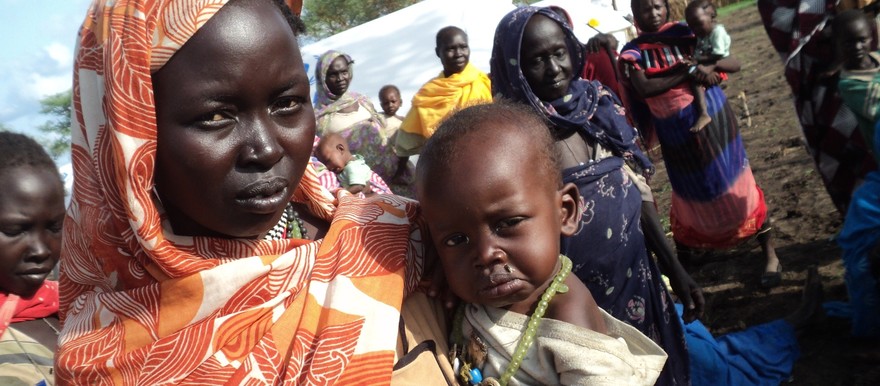The mortality rate in Yusuf Batil refugee camp has far exceeded the standard emergency threshold, with survey data pointing to about six people dying on average every day including between three to four infants and toddlers.
Diarrhoea is the cause of death in more than 90% of cases, with malnutrition likely to have been a contributing factor in many of the deaths, according to a household survey by the aid agency Doctors Without Borders (MSF).
More than 34,000 registered refugees live in Yusuf Batil Camp, in Maban County of Upper Nile, having fled the conflict between the Sudan Armed Forces and Sudan People’s Liberation Army (North) in Blue Nile. The survey conducted in the camp by MSF from 25th to 30th July 2012 shows mortality at 1.75 per 10,000 per day for the total population, and 4.2 per 10,000 per day specifically for children under five.
‘Normal’ crude mortality rates in developing countries are about 0.5 per 10,000 per day for adults and 1.0 per 10,000 for under-five children. Rates at twice those levels usually indicate an emergency.
Yusuf Batil’s mortality rates, which far exceed the emergency threshold, suggest a population which is “incredibly weak and vulnerable,” according to MSF.
The Yusuf Batil refugees, however, represent a survivor population that trekked through rural parts of Blue Nile State and about 70 km of Upper Nile State to reach the camp. Many vulnerable people did not finish the journey; some relatives of the deceased cited ‘tired of walking’ as the cause of death for those who failed to reach the camp. The aid agency’s survey data covers only the period since refugees arrived in the camp, for a group of households that arrived in early May.
More than half (58%) of reported deaths among the refugees since arrival in Batil camp have been children under five years old. More than 25% of reported deaths were for people over 50 years old, according to the survey data.
A quarter (27.7%) of children under five are malnourished, and 10% are in the most severe acute stage of malnutrition requiring urgent therapeutic feeding. Of children under two years old, 44% are malnourished, with 18% of them being in the most severe stage of malnutrition.




